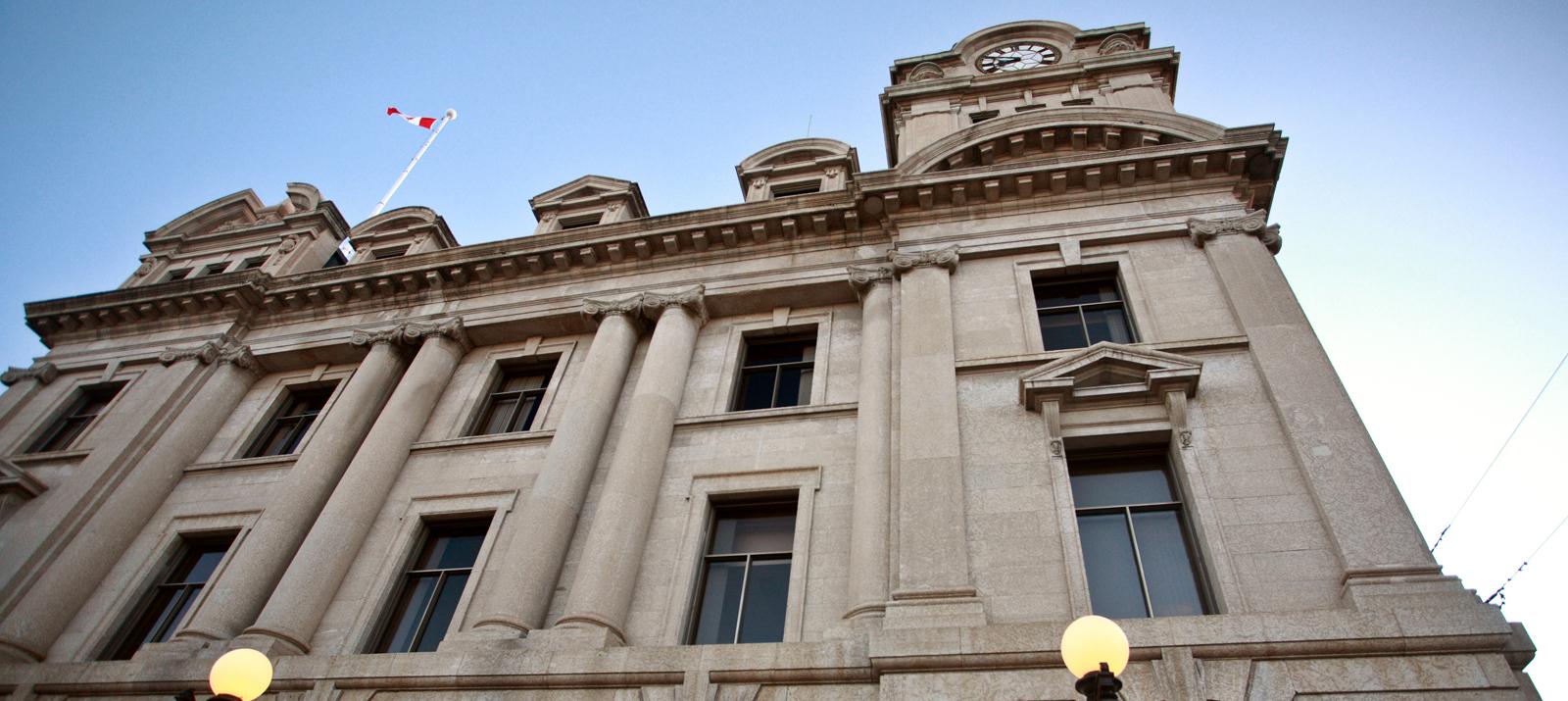
Moose Jaw
It’s not completely clear how the fourth largest city in Saskatchewan came by its name.
Some say it’s from its river, which is shaped like a moose’s jaw, while others say it comes from the Plains Cree word “moose gaw” meaning “warm breezes”. Regardless of the origin of its name, Moose Jaw, Saskatchewan is a fascinating place to visit on a Canadian RV road trip.
Located just off the Trans Canada Highway less than an hour west of Regina, Moose Jaw is home to the world’s largest Moose statue, Mac the Moose. Underground tunnels here, once home to crime, are now open to the public. Join a guided theatrical tour and learn about the history of the tunnels and their connection to Chinese immigrants and the bootlegging days of prohibition.
Jump on the Moose Jaw trolley to learn about the city’s rich history from a local and make sure you wander through the downtown core to check out the amazing murals on the sides and fronts of the buildings, which provide an insight into the development of Moose Jaw.
Other things to see and do in Moose Jaw include one of the four branches of the Western Development Museum, this one specializing in the history of transportation.
Its Snowbirds gallery is a nod to the presence of Canada’s Snowbirds flight demonstration team at CFB Moose Jaw.
For a place with a population of fewer than 35,000 people, this small Saskatchewan city sure packs a punch.
Little Chicago
In the 1920s, Moose Jaw's large transient population of Midwest Americans and an outbreak of criminal activity during those prohibition years, earned it the nickname "Little Chicago".




Al Capone's Tunnels
The tunnels here are rumoured to have served as a key hideout for Al Capone and other bootleggers arriving direct from Chicago along the Soo Line in the 20's and 30's.
Video courtesy of Canada Explore
